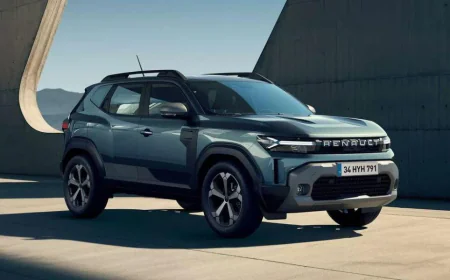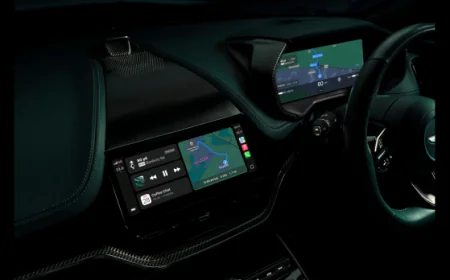Fourth Gen Mini Cooper enters the global market, know how the brand's last ICE model is
Except for slightly larger front grilles, the standard Cooper and Cooper S models and the new Cooper EV share nearly the same design. The new 3-door model with a petrol engine has a minimalist dashboard that highlights the OLED infotainment display in the centre. In contrast, the 2.0-litre 4-cylinder engine powering the Cooper S will now produce 204 horsepower following a 25-bhp boost.

Mini has introduced the latest version of the fourth generation Cooper petrol 3-door hatchback, marking it as the last version powered by the IC Engine in the Mini lineup. This new model will include various variants including a 3-door, 5-door, a convertible with a soft-top and a performance-oriented John Cooper Works variant.
Design-wise, the standard Cooper and Cooper S models are almost identical to the new Cooper EV except for slightly larger front grilles. The familiar circular LED daytime running lights look good with the headlights, while at the rear there are recognizable triangular matrix taillights. According to Mini, other mechanical changes include updates to the suspension, damping system and brakes, which provide improved performance compared to the outgoing model.
The new 3-door model with a petrol engine has a simple dashboard that places a focus on the centre OLED infotainment display. According to Mini, this is the first production car with a round OLED touchscreen that shows important data like speed and fuel efficiency. Beneath it is a menu bar as well.
The majority of the climate control features are also operated by this screen. Also, there are buttons specifically for the front and rear defoggers. Along with other necessary controls like the handbrake button, turn-key starter, driving mode selector, and audio control dial, the gear selector has also been moved to the bottom of the screen.
The third-generation hatchback's two turbo-petrol engines will remain in the new petrol model, albeit with increased power output. With a 1.5-litre three-cylinder petrol engine that receives a 20 bhp boost, the entry-level Cooper C will have a total output of 156 bhp and a 0-100 kmph acceleration time of 7.7 seconds.
Conversely, the 2.0-litre 4-cylinder engine powering the Cooper S will now produce 204 bhp following a 25 bhp boost. It still takes less than 6.6 seconds to go from 0 to 100 kmph, making it faster than the electric Cooper SE with the longest range. An automatic gearbox will be the only option available for both versions.













































%20News.jpg)






























